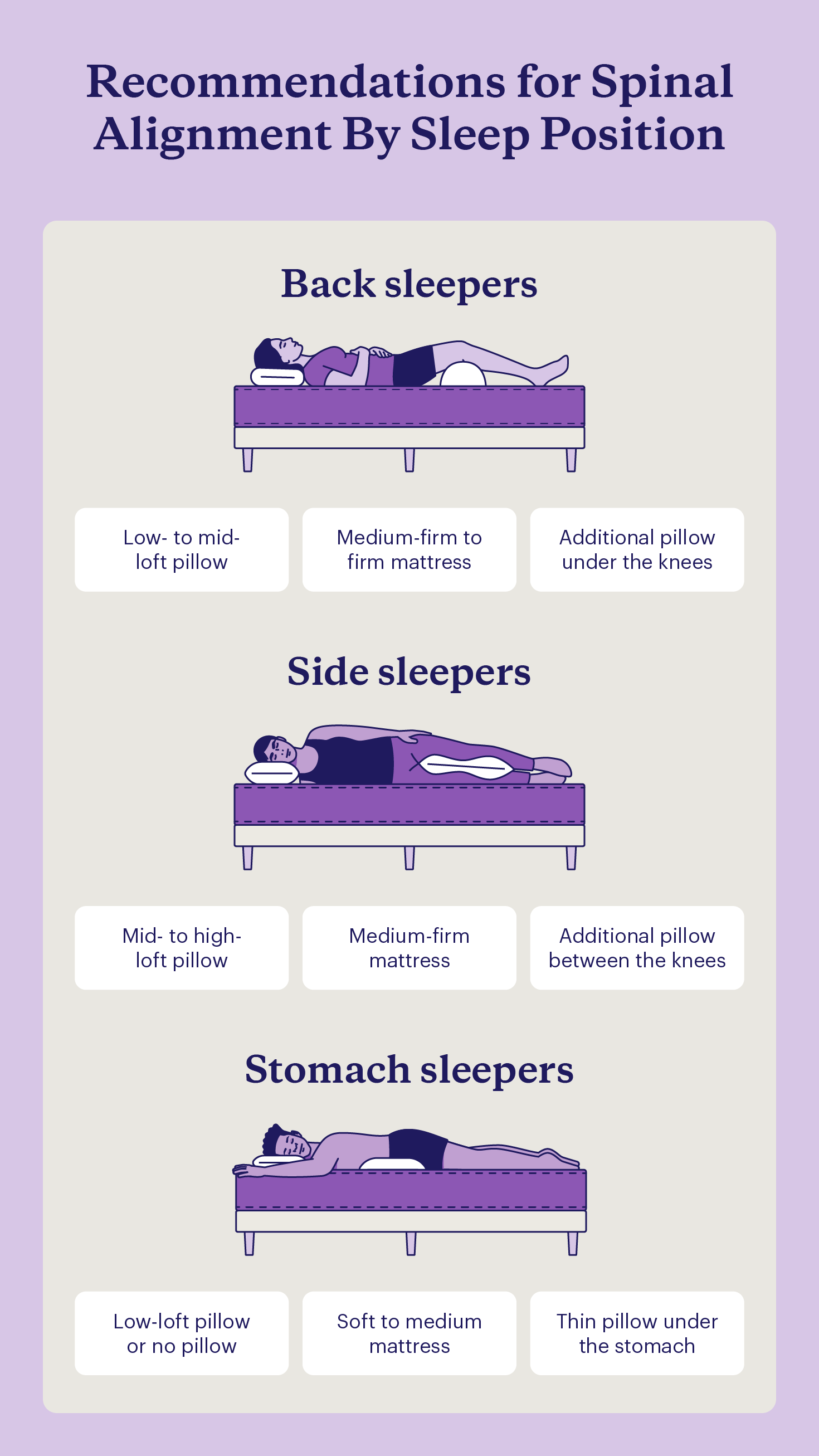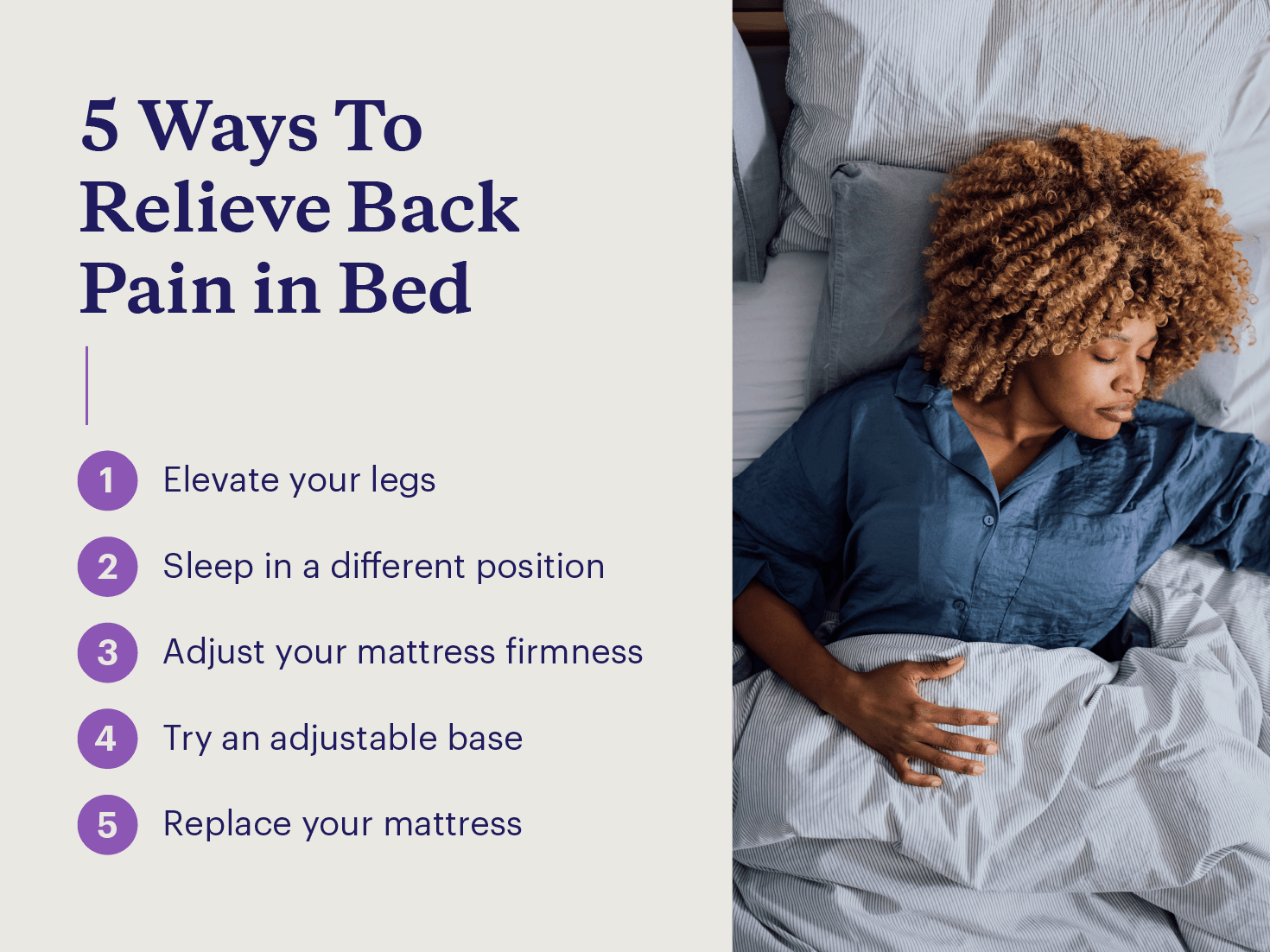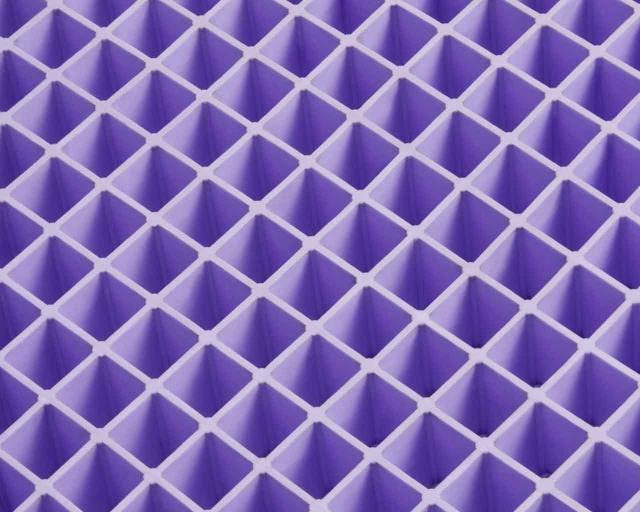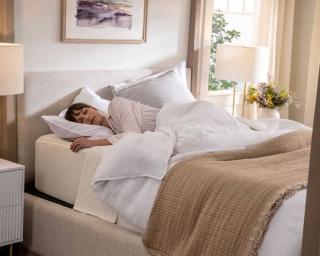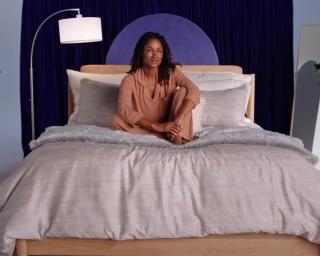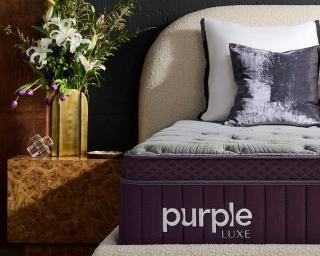
Is A Firm Mattress Better for Your Back? Best Firmness for Back Pain
Are hard mattresses better for your back?
Firmer mattresses are not necessarily better for you and could cause discomfort for some sleepers depending on their sleep position, body weight, and personal preferences. The best mattress for your back is one that promotes spinal alignment, provides full-body support, and sufficient sinkage for pressure relief.
Trying to choose a mattress means figuring out what type and firmness level you need — if you have back pain, you may wonder if a firm mattress is better for your back. Firm mattresses may be better for some individuals but not others; while hard mattresses may offer a sturdy surface to support your spine, the lack of sinkage can be uncomfortable.
A review of scientific articles found that medium-firm mattresses are most often associated with improved comfort and better sleep quality among people with back pain.1 Your sleeping position and personal preferences are still important factors when deciding which mattress is right for you.
If you’re in search of a mattress that supports your back,look for one that helps maintain spinal support, offers contoured pressure point relief, and adapts as you move to provide a comfortable, supportive sleep experience.
Keep reading to learn what kinds of mattresses are best for back pain, how to choose a mattress that supports your back that may reduce discomfort in bed. Keep in mind that if symptoms of pain persist, it’s best to consult a healthcare professional.
What Type of Mattress Is Best for Back Pain?
Unfortunately, there is no universal mattress that is best for back pain. The truth is that a variety of mattresses provide spinal support and pressure relief — the best option for you will depend on your unique preferences.
Mattress Type
The benefits of each type of mattress will depend on your needs as well as the actual quality of the mattress. If you know you prefer soft, medium, or firm mattresses, you can begin narrowing your options.
Memory foam mattresses tend to be softer. While sinking deeply into memory foam may contribute to discomfort or back pain, this type of mattress may appeal to sleepers who want a cradling feel that cushions their pressure points.
Hybrid mattresses, on the other hand, like the Restore® Hybrid Mattress, combine a stable internal structure with comfort layers to provide ample support and pressure relief with a medium-to-firm feel. This makes them a suitable choice for a wide range of sleepers.
Different types of mattresses are often available in a range of firmness levels, so you may not be able to choose a comfortable mattress for your back based on type alone. Consider the firmness as well as other features like zoned support to inform your decision.
Mattress Firmness
That said, a mattress firmness scale alone won’t provide you with an accurate recommendation. Depending on your weight, sleep position, location of any pain, and personal preferences, a medium, firm, or soft mattress may be better for your back.
- Soft: A cradling feel with more sinkage may relieve pressure points but may reduce spinal support.
- Medium-soft: More responsive than soft beds, a medium-soft mattress pushes back to support spinal posture with plenty of give to cradle joints.
- Medium-firm: Firm enough to support your back with more cushion than firmer options, medium-firm beds may be comfortable for a range of sleepers.
- Firm: Minimal sinkage may keep your back aligned but could cause discomfort in the hips and lower back, especially if you experience sciatica discomfort while sleeping.
Mattress firmness levels may feel different depending on your sleep position, weight, and specific body needs. Some people may prefer a medium or firm mattress for back pain, while others find a soft mattress provides the relief they need. Ultimately, you should test out mattresses to determine what feels most comfortable and supportive.
How To Choose the Best Mattress for Back Support
The best bed for an achy back may be different for each person. Follow these steps to determine the best firmness level for your mattress.
1. Consider Your Sleep Position
Your preferred sleep position contributes to which mattress firmness will feel comfortable and supportive. The best mattress for back support also depends on your weight and personal comfort preferences, but you can consider the following recommendations by sleep style to get started:
- Side sleepers: A medium-firm bed can be the best mattress for back support, and side sleepers benefit from the combination of push-back and cushion.
- Back sleepers: Medium to firm mattresses offer enough resistance to keep your spine aligned and distribute your body weight more evenly.
- Stomach sleepers: For stomach sleepers, a medium-firm to firm bed can help reduce strain by preventing the stomach from sinking too deeply.
- Combination sleepers: Sleepers who toss and turn can opt for a responsive medium-firm mattress for a blend of push-back and pressure-relieving sinkage.
2. Account for Your Body Weight
Mattresses feel different depending on your weight. A firm mattress may feel softer and more comfortable to a heavier individual because it offers more push-back to promote spinal support. For a person who weighs less, a firm mattress may not cradle their pressure points much or at all, resulting in stiffness and discomfort.
Even weight distribution promotes back support and pressure relief, regardless of your size. Once you’ve determined which firmness levels are most comfortable, keep mattress weight limits in mind to ensure you can rest safely and comfortably without premature sagging or deterioration.
3. Prioritize Pressure Relief
Firm mattresses offer minimal to no sinkage, which can limit how much pressure relief you get when you lie down. While common advice recommends firm mattresses for back pain, many sleepers find these beds stiff and uncomfortable.
Choosing a mattress that adapts to your body and cushions your pressure points can provide soothing relief to prevent or alleviate back pain. Too much sinkage can put more pressure on your joints, so it’s important to find a balance of stability and pressure relief that works for you.
4. Invest in Supportive Materials
High-quality mattresses will not only last longer but may also provide the best combination of support and comfort.
With distinct layers designed to evenly distribute body weight, promote spinal support, and cradle pressure points as you move, mattresses made with supportive, durable materials like the Restore® Hybrid Mattress may be the best choice for sleepers in need of a comfortable, supportive solution.
According to a new 2025 sleep study by SleepScore Labs, participants reported a 63% average reduction in the impact of pain on sleep when sleeping on a Restore Collection mattress2. These improvements suggest that thoughtfully engineered materials can play a meaningful role in improving sleep quality by minimizing nighttime discomfort.
Additionally, In many cases, you may use your HSA or FSA to buy a mattress, as long as it provides a clear medical benefit and meets other essential criteria. As always, eligibility can vary, so it’s recommended to confirm with your plan administrator.
5. Trust Your Personal Preferences
You’ll spend every night lying in your new bed, so it’s important to consider your comfort preferences over any online recommendations — especially if you plan to buy your mattress online. For example, even if you realize that an extra-firm bed may be the best option to keep your back supported, a hard mattress that leaves your hips and shoulders sore or keeps you awake won’t give you the quality rest you need.
If you aren’t sure where to start, medium-firm mattresses are some of the most popular options with a balance between firm and soft. Trust your body, and try a range of firmness levels to determine what feels best.
Can a Mattress Cause Back Pain? 5 Tips To Prevent and Relieve Discomfort
While your bed should be a peaceful place to rest your head, there’s a chance that your mattress is contributing to sore joints or aching muscles. Whether a new mattress is contributing to back pain or you’ve been sleeping on the same mattress for over a decade, here are a few ways you can get relief.
1. Place a Pillow Under Your Knees
If you’re wondering whether a soft or firm mattress for lower back pain would be better, you may find some relief without buying a new mattress.
Try sleeping with a pillow between your legs or under your knees to keep your hips and lower spine aligned. This position can relieve pressure on the lower back and allow you to sleep more comfortably. Opt for a small or travel-sized pillow like the compact Purple Harmony Anywhere™ Pillow for just enough elevation and support.
2. Change Your Sleep Position
Some sleep positions are better than others for preventing and relieving back discomfort. Learning how to sleep on your back can help promote healthy spinal alignment to relieve discomfort caused by sleeping on your stomach or putting too much pressure on your hips.
3. Make Your Mattress Softer or Firmer
If your current mattress doesn’t feel as soft or firm as you’d like, you can adjust the feel before investing in a new bed. Whether you want to make your mattress firmer or softer, you can add a mattress topper that changes how the surface feels, though not all mattresses are compatible.
Other methods include:
- Checking your mattress warranty
- Trying a bunkie board
- Replacing the box spring or foundation
- Rotating your mattress
4. Try an Adjustable Base
An adjustable base won’t change how firm your mattress feels, but it can help relieve pressure from different areas of your body. Elevating your feet can reduce strain on your lower back, and Zero-Gravity settings can support the natural curvature of your spine for healthy alignment.
5. Choose a New Mattress
If nothing seems to help your back pain, consider buying a new mattress altogether. The best kind of mattress for back pain depends on several factors, but you should ultimately choose a bed that:
- Evenly distributes your weight
- Supports the spine in your preferred sleep position
- Relieves pressure from sensitive areas
Visiting a showroom to test mattresses in person can help you decide which firmness level and feel is best for you.
Remember that you may need to break in your new mattress before it feels comfortable and offers relief. Be sure to look into sleep trials and warranties for the peace of mind that you can try out a mattress before fully committing to it.
Sleep Well With A Good Mattress for Back Support
So, is a firm mattress better for your back? The truth is that there is not a universal mattress that is best for spinal support because every individual has unique needs. Rather than selecting a mattress for its firmness level, opt for a mattress that evenly distributes your weight, supports the curve of your spine, and alleviates pressure.
If your back is stiff and sore from sleeping on a bad mattress, it may be time to invest in a bed that improves comfort and supports posture. Try out a Purple mattress to experience the revolutionary, instantly adaptive GelFlex® Grid for your most comfortable sleep yet.
FAQ
While a soft mattress can contribute to back discomfort or pain, they aren’t necessarily bad for your back. A soft bed that still supports spinal posture may be just what you need to sleep comfortably, but a mattress that allows your hips, back, and shoulders to dip out of alignment may result in pain or discomfort.
Whether a soft or firm mattress is better for you depends on different factors, including your:
- Weight: Firm mattresses may feel softer to heavier individuals, while soft mattresses may feel firmer to lighter individuals.
- Sleep position: How you sleep affects where you need the most support and pressure relief. For example, a firm mattress may be uncomfortable for side sleepers, as they may feel more pressure on their shoulders and hips.
- Personal preferences: You won’t get the quality of sleep you need if you can’t get comfortable in bed.
Firm mattresses do not always offer more support than soft mattresses. The amount of support a mattress provides depends on how well it distributes your weight and supports spinal posture, and some soft mattresses can ultimately be more comfortable than firm mattresses, especially for lightweight sleepers.
Sleepers experiencing lower back pain should consider a medium-firm mattress for the blend of spinal support and pressure relief.
If you’re searching for the best mattress to reduce lower back discomfort or pain, remember that mattress firmness may not be the best indicator of how well the mattress can support your back and cradle your joints. Instead, consider each mattress’s overall construction and unique features to determine how well it can support your needs.
More To Explore
Level up your sleep routine with our most-loved products.


